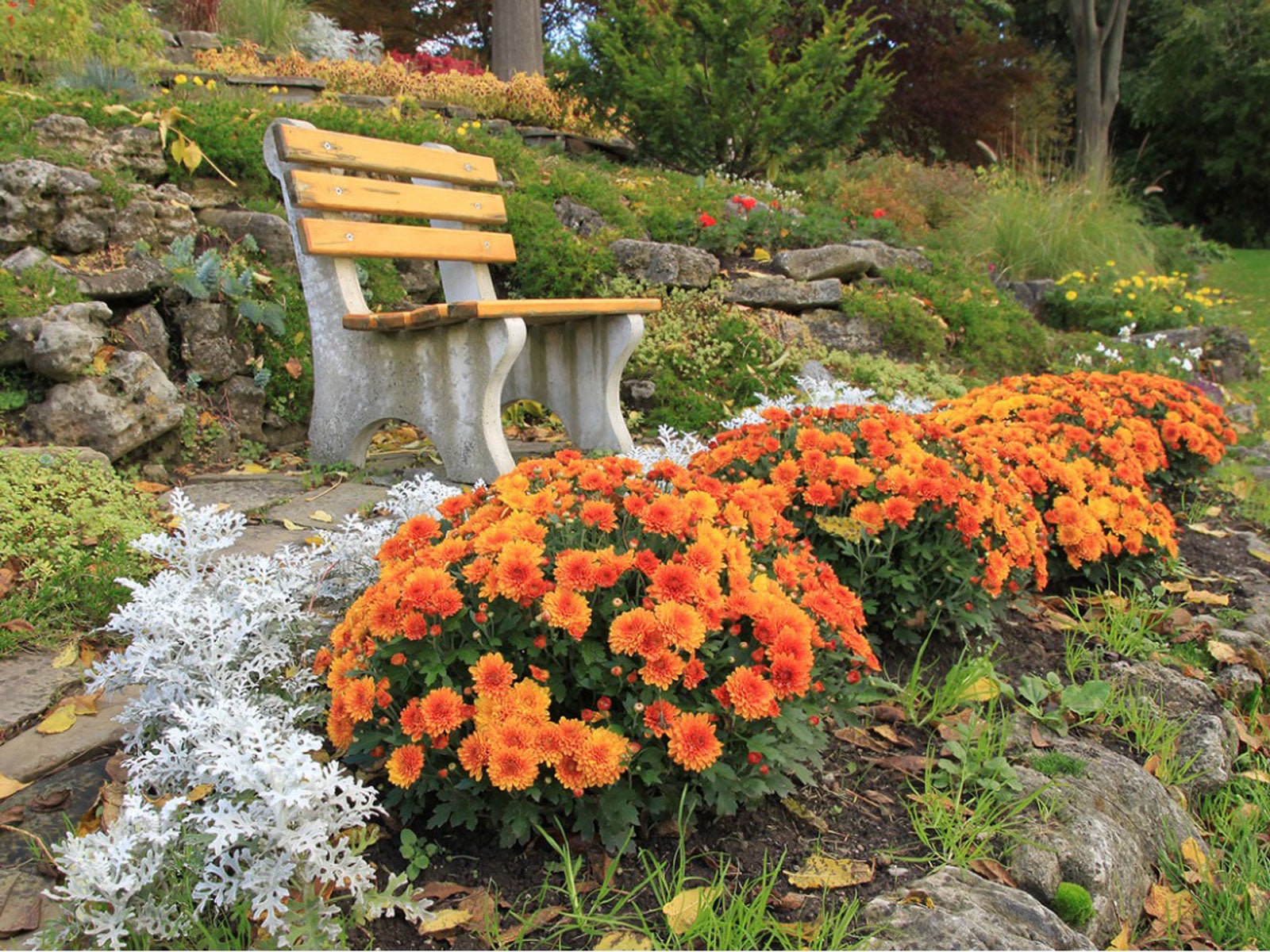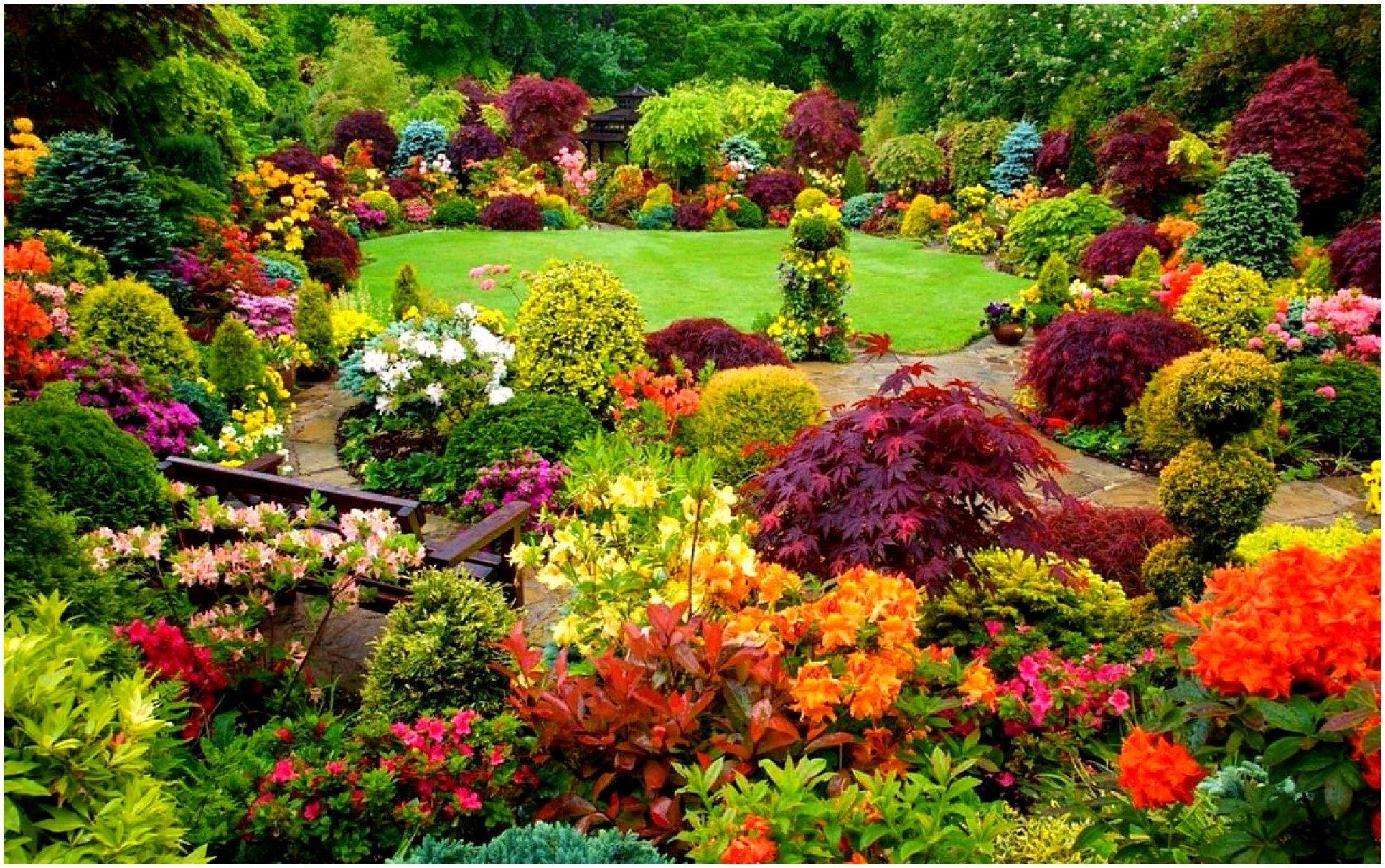Easy Tips to Refresh Your Autumn Garden for Cozy Outdoor Vibes

Stepping into autumn gardening might feel like entering a quiet, uncertain phase of the year — but it’s actually an invitation to a season rich with opportunities. Think of it this way, when i first faced fall in my garden, i worried that as summer faded, so would all my chances to nurture something vibrant. It took some trial and error to see that autumn can be every bit as alive and rewarding as spring or summer gardens, just in different ways. If you’re wondering how to keep your garden thriving through the cooling days and changing light, you’re already on the right path. Let’s explore this transition gently, building confidence together with clear steps and a few little lessons from my own experience.

What You Can Do Right Now to Welcome Autumn in Your Garden
A good place to start is by bringing fresh life suited for cooler times — think hearty greens like kale or spinach planted early enough for a late harvest. Clearing out tired summer plants makes room for new growth, while nourishing your soil with compost sets the stage for resilience when winter knocks. Mulching protects roots from temperature swings ahead; watering consistently helps tender young plants settle in comfortably before the frost arrives.
Step 1: Saying Goodbye to Summer Plants Without Guilt
In those early days of gardening, I held onto hanging-on annuals too long, hoping they’d pull through autumn’s chill—usually they looked droopy or even sickly by October’s middle. What changed my garden’s rhythm was simply pruning them earlier.
Imagine this as making space on your favorite reading chair by tidying old cushions—the result feels refreshingly welcoming.
- Start by gently snipping back or pulling plants past their peak bloom.
- Compost away disease-free material; toss anything affected somewhere safe off your beds.
- Remember: letting go here isn’t waste—it’s planting seeds of strength elsewhere soon.

Step 2: Feeding Your Earth With Good Compost
Clearing space feels great—but what really excited me was adding rich compost afterward. Soil is the hidden foundation beneath every leafy dream, and nurturing it means inviting earthworms and helpful microbes back into action.
A thin layer—about 1 to 2 inches thick—sprinkled evenly over beds feeds nutrients deep where roots stretch.
Try lightly folding this into topsoil about 4-6 inches down without disturbing any late-blooming plants still holding on; soon it becomes cozy home soil ready for new life.
Step 3: Growing Crops That Shine in Cool Air
Fall has its own stars in the garden lineup — kale that tastes sweeter after frost nips softly at leaves, radishes that mature quickly providing encouraging bites within weeks, even peas enjoying chillier nights more than we guess.

Here’s what worked well for me over several seasons:
- Scatter kale and spinach seeds early so they root before cold sets in fully.
- Radishes offer quick success stories rewarding patience fast.
- Peas planted soon can surprise you with resilience beyond expectations.
If flowers are your heart’s desire, asters and chrysanthemums add flare late into autumn while ornamental grasses sway softly under crisp skies—a living patchwork quilt of color and texture.
Step 4: Mulch—Your Garden's Soft Autumn Blanket
For years I underestimated mulch until one chilly October evening reminded me why gardeners treasure it like a hug for their plants during unsettled temperatures.
Mulching feels like tucking roots under a cozy blanket:
- Choose straw, shredded disease-free leaves collected last week, bark chips — whatever suits local conditions best.
- Lay down about 2-3 inches thick but avoid piling mulch directly against stems; think of leaving some breathing room.
- Mulch helps trap moisture when rainfall starts playing hide-and-seek amid autumn breezes.
Step 5: Watering With Purpose Through Dry Cooler Days
When temperatures drop and skies turn gray more often, many gardeners instinctively water less—but gentle moisture remains crucial for helping fresh plantings establish roots well before frost tightens grip around them.

A morning watering ritual is my recommendation because sunlight drying leaves by afternoon limits disease risks naturally:
- Check soil below mulch daily; if top inch feels dry on finger test day after day give slow deep watering rather than quick surface sprays.
- Resist overwatering—the soggy path invites problems faster than dryness here.
This habit became my secret weapon keeping late-season veggies strong alongside fading heat waves last year—and yours can be similar!
A Few Autumn Garden Tales To Encourage You
On one chilly October day back when I started growing herbs on small balcony pots—parsley still bright green despite dropping temps surprised me—and thyme remained fragrant even as market stalls closed around town.
In contrast near leafy friends' yards: witch hazel showed off fiery colors glowing boldly against dusky skies; sedum clusters glistened heavy with dew—a reminder beauty shifts form yet never truly fades during fall months.
Take heart knowing each garden finds its unique rhythm discovering both edible bites and landscape charm step-by-step.

Handling Common Autumn Hurdles Calmly
Unexpected frosts? Pest flare-ups? Soil compaction? These troubles needn’t dampen your progress if you spot signs early:
- Use lightweight cloth covers overnight when cold snaps threaten tender greens.
- Keep beds clean of decaying foliage reducing shelter spots for pests hunting weakened post-summer greenery.
- Walk carefully only on firm paths avoiding soggy ground crushing vital soil air pockets essential at root level now.
Great news—you’ll gain confidence handling these little challenges steadily in time!
Confidence Grows By Embracing Rhythm More Than One-Off Efforts
What really transformed my approach was realizing consistent care matters more than sudden bursts of heroic effort once a month. Checking soil moisture daily helped avoid guessing games around watering needs; clearing fallen leaves weekly kept disease pressure low—all manageable rhythms fitting easily into regular routines instead of overwhelm moments suddenly piling up later on...
The satisfaction watching crisp kale leaves brighten bright blue autumn mornings made steady habits worth every small step invested beforehand!
How To Begin Today With Gentle Intentions
- Take an easy walk around noticing which summer plants feel done—you have permission to remove them lovingly.
- Gather compost ready-made (local nurseries often sell fantastic blends) or if DIYing prepare fallen leaf piles turned rich brown recently beneath trees waiting quietly indoors.
- Grab hardy cool-season seed packets such as kale or radish from trusted vendors or seed swaps nearby–they’re forgiving newcomers perfect for building beginner confidence!
- Spread your mulch thoughtfully honoring plant bases while offering insulating cover across perennials & new seedlings alike within next few days ahead.
- Set reminders (phone/alarm/calendar notes) prompting gentle watering checks — especially since rain falls unevenly come fall months depending where you live…
Over time these thoughtful steps weave seamlessly into caring rhythms bringing you satisfying glimpses of autumn abundance right outside your door—from crunching tender fresh green kale picked crisp as morning air beneath falling amber leaves all glowing quietly under brilliant skies…
Remember: Mistakes will happen—they’re part of learning nature’s language better each season—but trusting yourself grows stronger every time you respond kindly alongside Papery gold-and-red maple leaves drift next door today whispering encouragement because “you've got this” truly reflectively passed along season after season now unfolding gently before you…
Happy autumn gardening!



